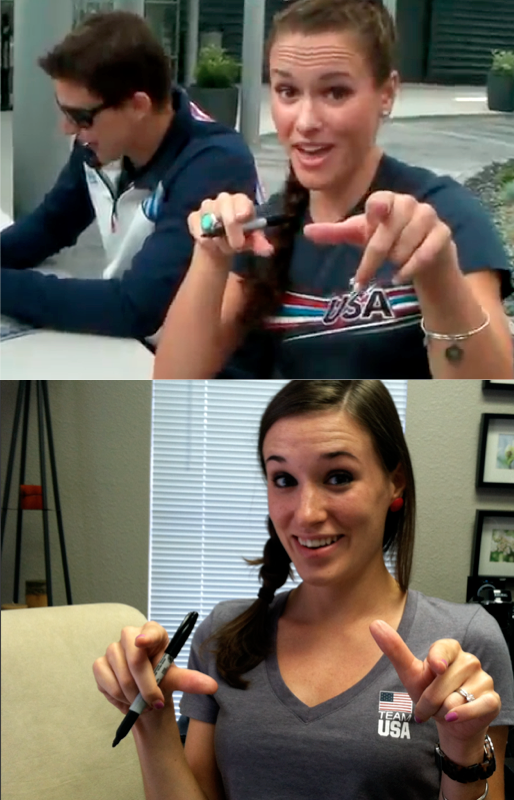
As PR professionals, our main goal is to drive and secure coverage for our clients. As Ursula the sea witch from Disney’s “The Little Mermaid” says, “It’s what we do. It’s what we live for!”
In our last blog, we talked about the value of the modern press release and the benefits releases generate for PR campaigns. But according to our friends at NonProfitPR.org and as PR folks worldwide know, press releases are not always the best course of action and can often be just a big waste of time and money. See below for examples of when to not go down the press release path:
- Announcing an event
Many companies, private and public, often use a press release to announce an event such as attendance at a conference or the launch of a propriety event. Even though you’ve taken the time to craft a release and send it to local media, rarely will you see these releases published among general media. Instead, consider listing on a community page or industry calendar. You can also utilize social networking sites such as LinkedIn, Facebook and Twitter to highlight the news of your event and motivate your network into action.
- Announcing a great story
When you have a great story to tell, look beyond a press release. Whether it’s to highlight a successful implementation with a customer or a longer feature story on a specific topic or trend, writing a release may give you some coverage, but there could be a better way to highlight this news. This is the perfect opportunity to give the scoop to a journalist to write a more in-depth story and publish your news. Not only do you begin to develop great media contacts, you end up with a great story about your organization.

- Sometimes it’s just not newsworthy
Some companies assume they have to send a particular number of press releases each month or year in order to engage in strategic public relations. It’s never a good strategy to send releases simply to fill a quota. Sending the media lots of non-newsworthy releases (awards, speaking opportunities, small product updates, etc.) could cause journalists to stop reading your news altogether. When this happens, even when you have something truly newsworthy, it’s possible you still end up with no news coverage through no fault of your own. It’s much better to objectively analyze the worthiness of your announcement from a reporter’s perspective and then decide if a release is really the way to go.
There are many ways to have your news heard beyond the press release. From utilizing social networking, industry calendar listings and even pitching directly to journalists, picking the right strategy can provide better coverage and more public awareness, all at a more efficient cost.















